So much has been written about hyperflexion, e.g. Rollkur/LDR already. Since the initial public outcry against the abusive effects, a multitude of evidence also become available to prove how damaging this training method is to the horse.
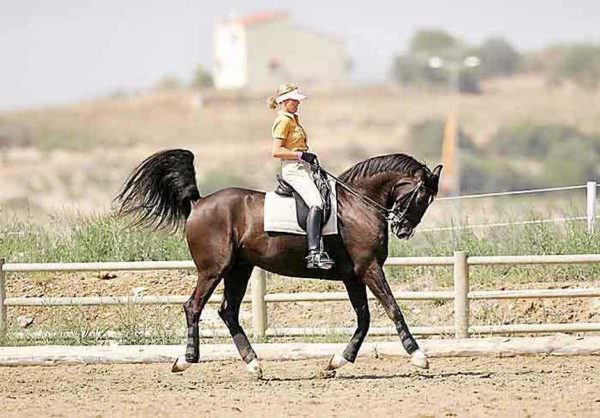
Hyperflexion is Physically Damaging to the Horse
The use of hyperflexion causes permanent skeletal changes in the horse's body. These are not changes you would typically see in a horse over time, accelerated by hyperflexion. They are unique to riding and training the horse in a hyperflexed position.
Hyperflexion Affects the Horse Psychologically
Often horses who go on to be “good students” of this method manage to cope from learned helplessness.
Those that are bad students rebel against the rider's efforts and are discarded because they have no use in horse sport for riders who use hyperflexion.
When a non-hyperflexion rider takes on a horse that's been successfully trained in hyperflexion, there is no guarantee the horse will ever return to a normal state. Agitation and anxiety are normal. They will often place themselves in hyperflexion, guessing that is what is desired. Their gaits are not normal and their body is stiff (even if their neck might feel like jelly).
But Classical Dressage Masters used Hyperflexion
Yes, and some even advocated cutting the horse's tongue off if they developed a habit of sticking it out of their mouth when riding!
Gueriniere and Baucher are the more popular Masters referenced as having used hyperflexion.
Even Classical Dressage Masters can be flawed in their ideas.
But Nobody I Know Rides in Hyperflexion
You may not know anyone riding in as deep a form of hyperflexion as Anky van Grunsven is known to do, but you'd probably be surprised to know that any head position behind the vertical should be penalized in Dressage competition.
Hyperflexion has seeped into almost every barn and stable, through the simple lack of awareness of its presence.
The discipline doesn't matter anymore hyperflexion exists in Dressage, Reining, Jumping, etc.
Hyperflexion Weakens the Horse's Posture
Why is posture important? Because correct posture is what dictates our ability of balance, strength, coordination and health. When we lose our posture, we lose one or many of those elements. The same goes for the horse. His loss of posture may show up as him being on the forehand, or being less coordinated in his movement.
Grand Prix Dressage horses are frequently seen losing their coordination in the basic gaits, e.g. broken trot diagonals, four beat canter, lateralized walks.
When they move up to perform the collected movements you can see them almost falling over their own feet if you watch closely enough. Of course, the splendor of tense energy often blinds us to these components, instead we see the legs lifted almost to the ceiling and the stark comparison of slow (almost dead energy) piaffes transitioning into explosive “extended trot”.
http://www.youtube.com/watch?v=kA-PtqfWmkU
We fail to understand even what our own posture looks like when it is correct or incorrect most of the time, unless we've been specifically educated in that area.
Equestrians have quickly given up correct for flashy and forgotten that correct is what keeps the horse healthy and sound.
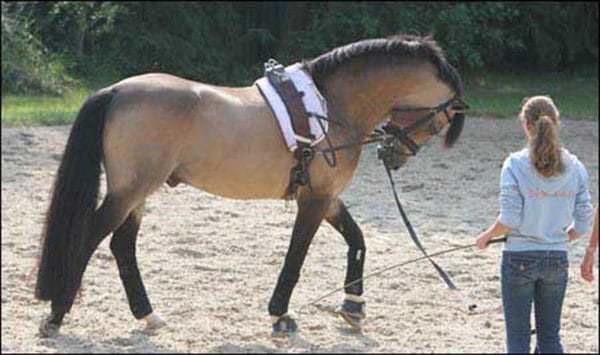
So What? It's Not Breaking Any Rules.
It's easy to think that, because judges continue to reward riders who use hyperflexion. Some of the most awarded Dressage riders openly use and promote hyperflexion.
But, it actually is breaking rules. Lots of them, directly from the current FEI Rulebook:
The head should remain in a steady position, as a rule slightly in front of the vertical, with a supple poll as the highest point of the neck, and no resistance should be offered to the rider.FEI
The neck should be raised, the poll high and the head slightly in front of the vertical.FEI (on the halt)
The walk is a marching pace in a regular four time beat.
When the foreleg and the hind leg on the same side move almost on the same beat, the walk tends to become an almost lateral movement. This irregularity, which might become an ambling movement, is a serious deterioration of the pace.FEI (on the Walk)
Irregular steps with the hind or front legs, swinging the forehand or the hindquarters from one side to the other, as well as jerky movements of the forelegs or the hind legs, dragging the hind legs in the moment of suspension or double beat are serious faults.FEI (on the Passage)
The hindquarters are lowered; the haunches with active hocks are well engaged, giving great freedom, lightness and mobility to the shoulders and forehand. Each diagonal pair of legs is raised and returned to the ground alternately, with spring and an even cadence.
The neck should be raised and gracefully arched, with the poll as the highest point.
Moving even slightly backwards, irregular or jerky steps with the hind or front legs, no clear diagonal steps, crossing either the fore or hind legs, or swinging either the forehand or the hindquarters from one side to the other, getting wide behind or in front, moving too much forward or double beat rhythm are serious faults.
A movement with hurried, unlevel or irregular steps, without cadence or spring cannot be called a true piaffe.FEI (on the Piaffe)
More from the FEI…
“Submission (original bold) does not mean subordination, but an obedience revealing its
presence by a constant attention, willingness and confidence in the whole behaviour of the horse as well as by the harmony, lightness and ease it is displaying in the execution of the different movements. The degree of submission is also manifested by the way the horse accepts the bridle, with a light and soft contact and a supple poll, or with resistance to or evasion of the rider's hand, being either ‘above the bit' or ‘behind the bit' respectively.
“Putting out the tongue, keeping it above the bit or drawing it up altogether, as well as grinding the teeth and swishing the tail are mostly signs of nervousness, tension or resistance on the part of the horse and must be taken into account by the judges in their marks for the movement concerned as well as in the collective mark for ‘submission'.”
The heels should be the lowest point.FEI (on the Rider)
Article 419 OBJECT OF INTERNATIONAL DRESSAGE EVENTS
The FEI instituted an International Dressage Event in 1929 in order to preserve the Equestrian Art from the abuses to which it can be exposed and to preserve it in the purity of its principles, so that it could be handed on intact to generations of riders to come.
Well, Somebody Should Say Something
Oh, people have been! There have been petitions and protests, appeals to the FEI to ban the use of hyperflexion in any form, whether they call it Rollkur or LDR, it's all the same.
And nothing. There have either been crickets.
Or the FEI thought it would pull one over on everyone and ban Rollkur, but allow LDR (low, deep, round) which is the exact same positioning but with a theoretical time limit on how long it can be maintained without a break, and cannot involve the use of force. There were no guidelines provided with that loophole to define the minimum length of break the horse must be given after 10 minutes of this abuse, or how stewards should identify that the horse is in the position from force.
The rules are not difficult to follow. They are there for the welfare of the horse and the accuracy of the sport.
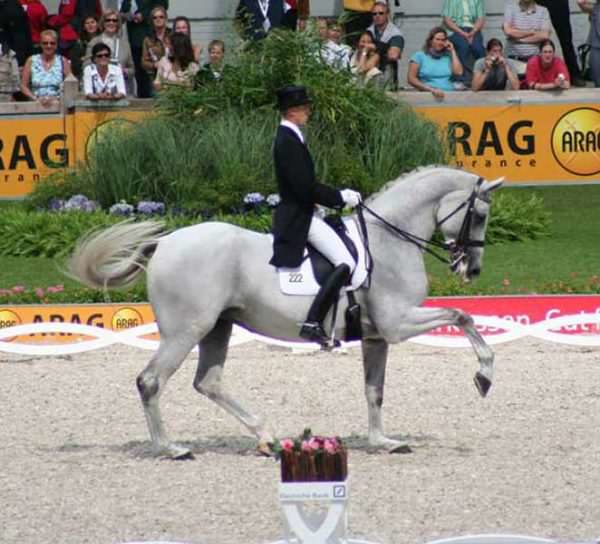
Note the raised heel of the rider. The horse's face is behind the vertical, swishing tail, misshapened lip and excessive foaming of the mouth. The horse is far from collected, the hind legs trailing out behind her.
Please, get involved, speak out. Why are we afraid to protect horses from abusive training methods? To save face from those who are popular at the moment?
The horse must come first!
Links of Interest :
- USDF Statement of Animal Welfare
- Rollkur Comments from USDF Region 4 News
- Sustainable Dressage's Explanation of Rollkur
- News Release – Power & Paint
- Sjef Janssen – His Method
- Horses For Life – A Rollkur Pictogram
- Walter Zettl on Rollkur
- **English Translation of “Dressur Pervers”**

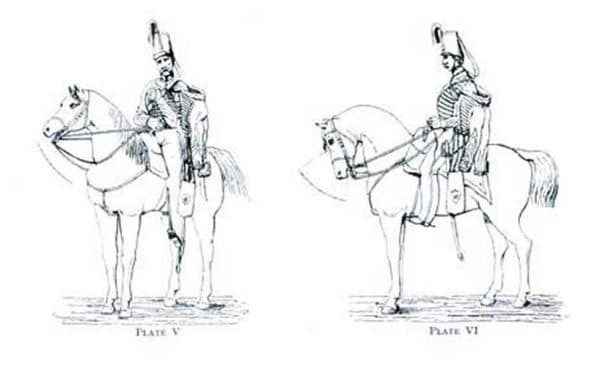
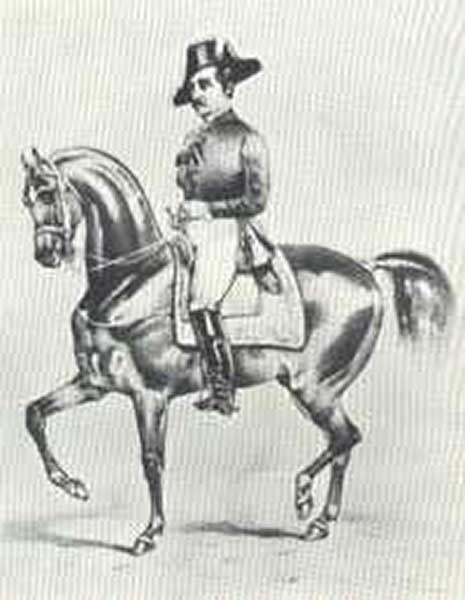
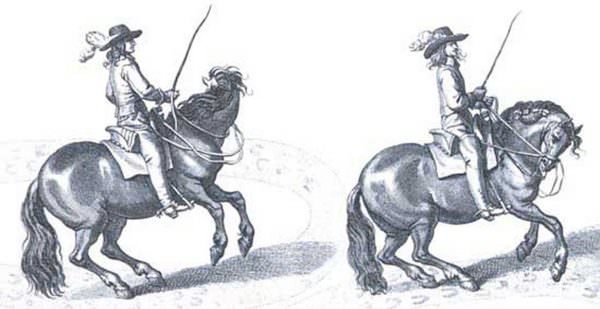
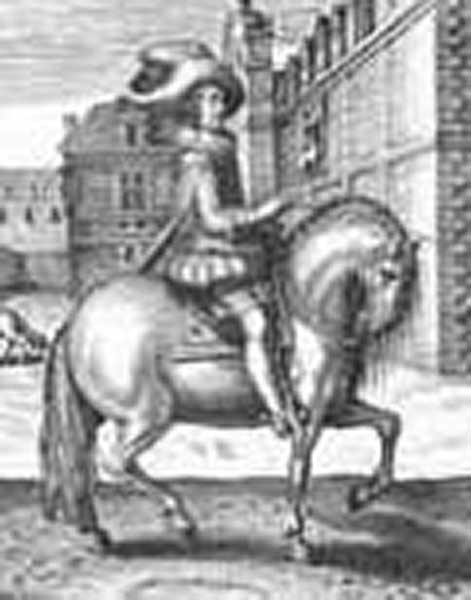
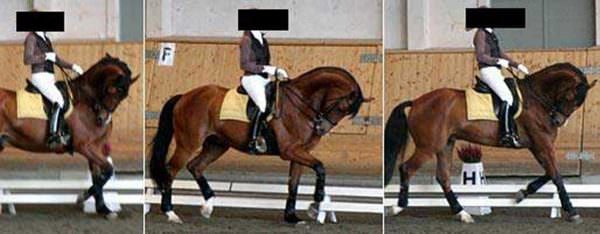
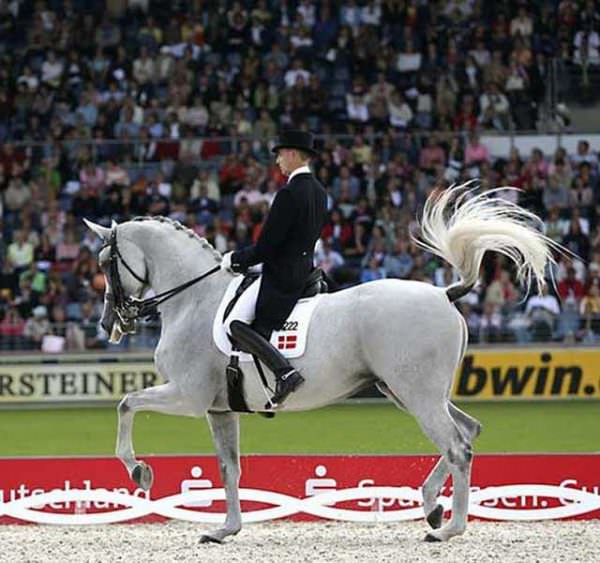
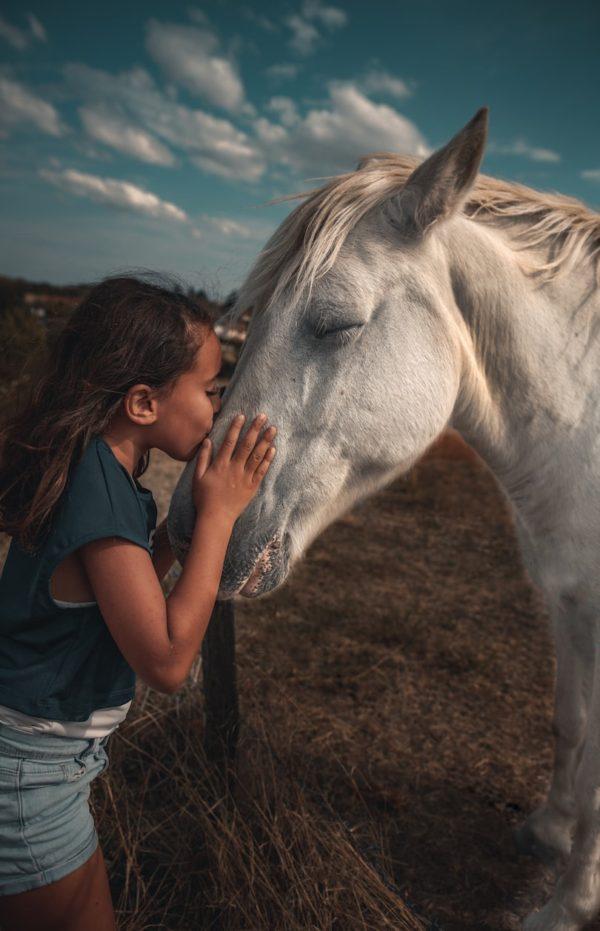
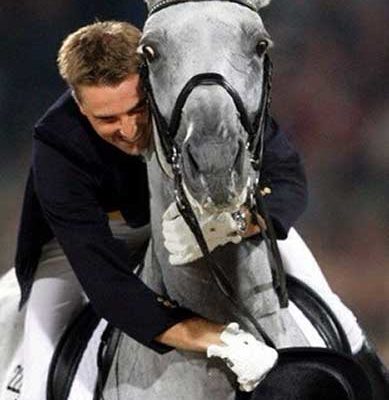

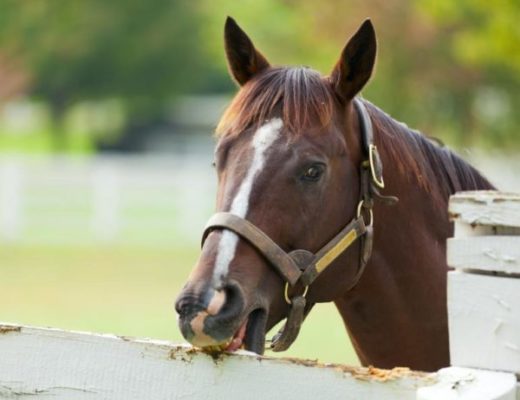
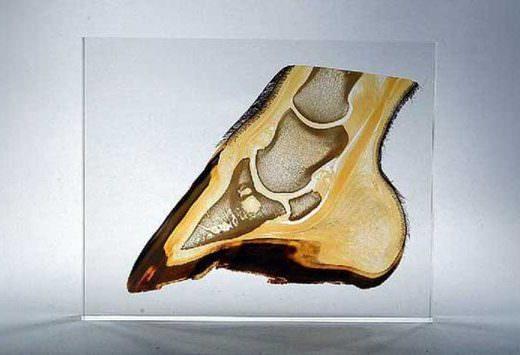
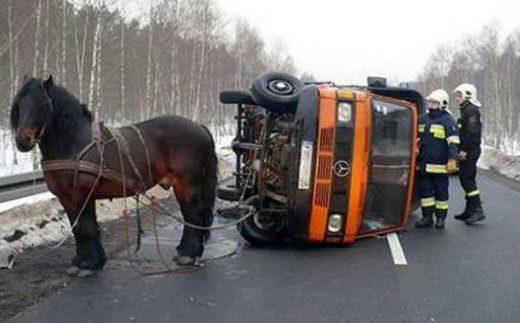
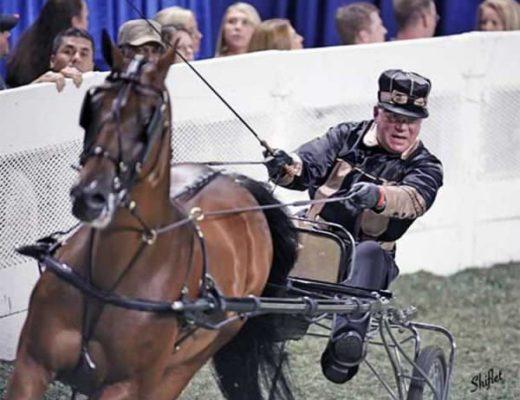
note Martine’s lips, how she is screaming to let her go…. Anyway, she is rollkur trained, that is rather easy to spot, even if Andreas is not doing it infront of the judges, (or wasn’t back then, he does these days and no one cares, the way he use his spurs too, right in front of the judges should have had him kicked out of yesterdays competition, really, but well…) Martine can’t have her head in the correct position at all, and the way she is torn in two, the front and the back not looking like the same horse, that is rather classic rollkur trained horses… not to mention the “butcher trot” they get, with the high front legs…
Brilliant article, by the way 🙂 Thanks for saying all of it 🙂
(Side note Martine is dead, she retired from the sport shortely with injuries on her suspensions, and she died shortely thereafter, from breaking a leg on the pasture…. )
Veronica, you’re spot on. What’s truly sad is that often the video of Blue Hors Matine is the “go to” video for people praising dressage as a dance. But it reminds me of a puppet-horse with the false leg action. Important to remember she was only 9 years old when she competed in that video…
And yes, she did pass away early, after a string of physical injuries. She just fell apart. 🙁
note Martine’s lips, how she is screaming to let her go…. Anyway, she is rollkur trained, that is rather easy to spot, even if Andreas is not doing it infront of the judges, (or wasn’t back then, he does these days and no one cares, the way he use his spurs too, right in front of the judges should have had him kicked out of yesterdays competition, really, but well…) Martine can’t have her head in the correct position at all, and the way she is torn in two, the front and the back not looking like the same horse, that is rather classic rollkur trained horses… not to mention the “butcher trot” they get, with the high front legs…
Brilliant article, by the way 🙂 Thanks for saying all of it 🙂
(Side note Martine is dead, she retired from the sport shortely with injuries on her suspensions, and she died shortely thereafter, from breaking a leg on the pasture…. )
Veronica, you’re spot on. What’s truly sad is that often the video of Blue Hors Matine is the “go to” video for people praising dressage as a dance. But it reminds me of a puppet-horse with the false leg action. Important to remember she was only 9 years old when she competed in that video…
And yes, she did pass away early, after a string of physical injuries. She just fell apart. 🙁
I’m not against dressage or anything but I do think a horse should be able to hold his had any way he wants. The picture of lunging the bay horse in hyperflexion is disgusting torture, I’m claustraphobic and hate feeling trapped, and the horse could not move his head. I think dressage would be a nicer sport if the riders allowed their horses freedom of the head. And also I don’t like the tight rein many english riders have on their horses. It seems very uncomfortable to have a metal thingie putting a lot of pressure on a sensitive part of the mouth, yes its OK to have a slight contact but a TIGHT rein is NOT okay.
You need to read La Gueriniere …
Hyperflexion goes completely against his principles…
Also I am curious : who advised to cut off the horse’s tongue ?
I’ve always wondered why Dressage saddles have those thigh blocks — and watching this I realize now that it is for leverage to crank the horse into hyperflexion. So sad.